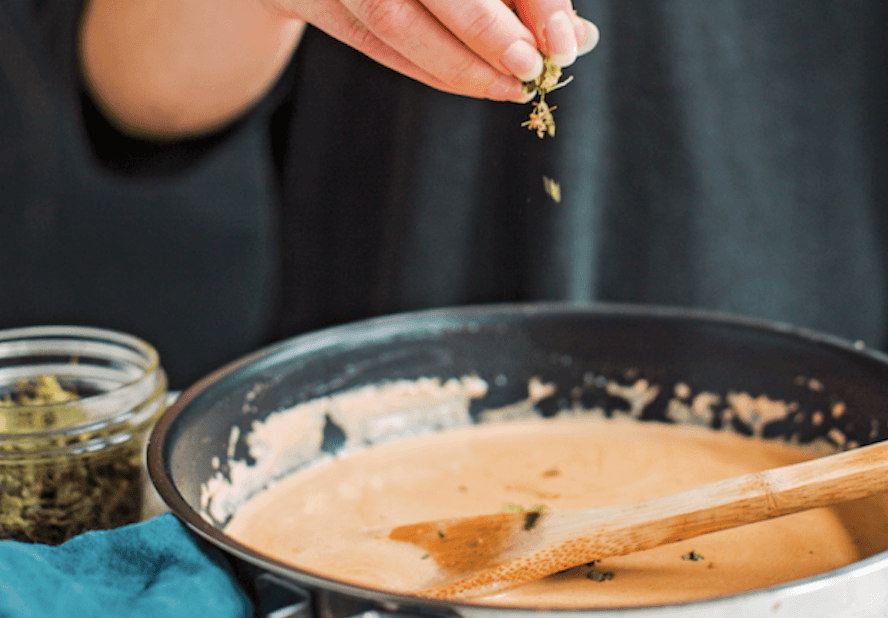In the universe of culinary schools, once students get out of the classroom and into the kitchen, learning how to make sauces comes early. That’d be somewhere after knife skills, and just after making stocks. The latter is “basic to sauce making. There’d be no way to reverse the order,” said Robert Ramsey, chef instructor at the Institute of Culinary Education in New York City.
A classic French curriculum includes the five mother sauces in French cuisine—béchamel, velouté, espagnole, hollandaise, and tomato. Each in turn engenders countless related variations. Sauces were popular in aristocratic French circles, and by the mid-1800s, Ramsey said, hundreds of these sauces had been developed. French chef Auguste Escoffier developed a system to organize these sauces in the seminal “Le Guide Culinaire,” published in 1903.






